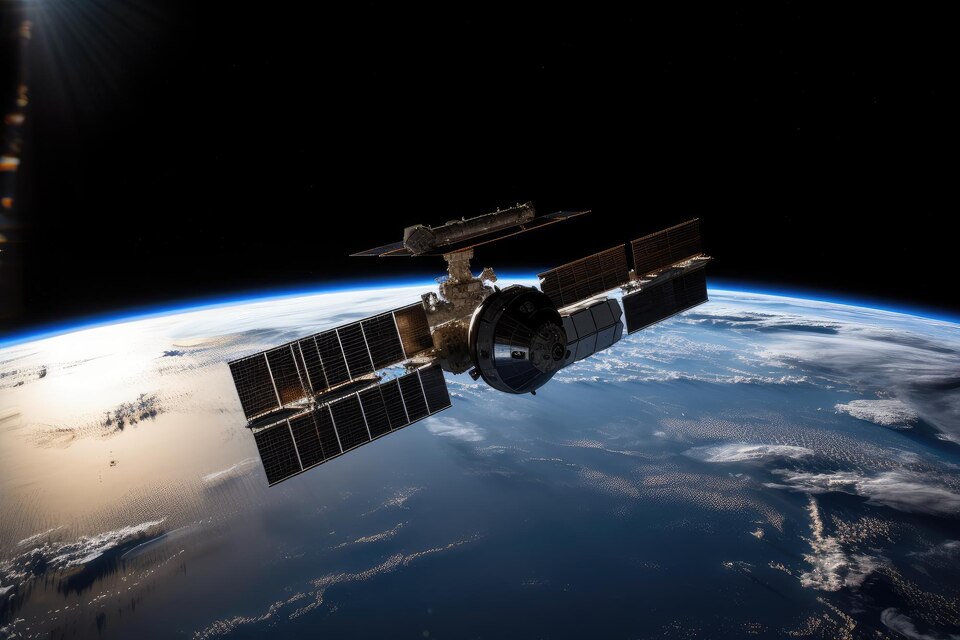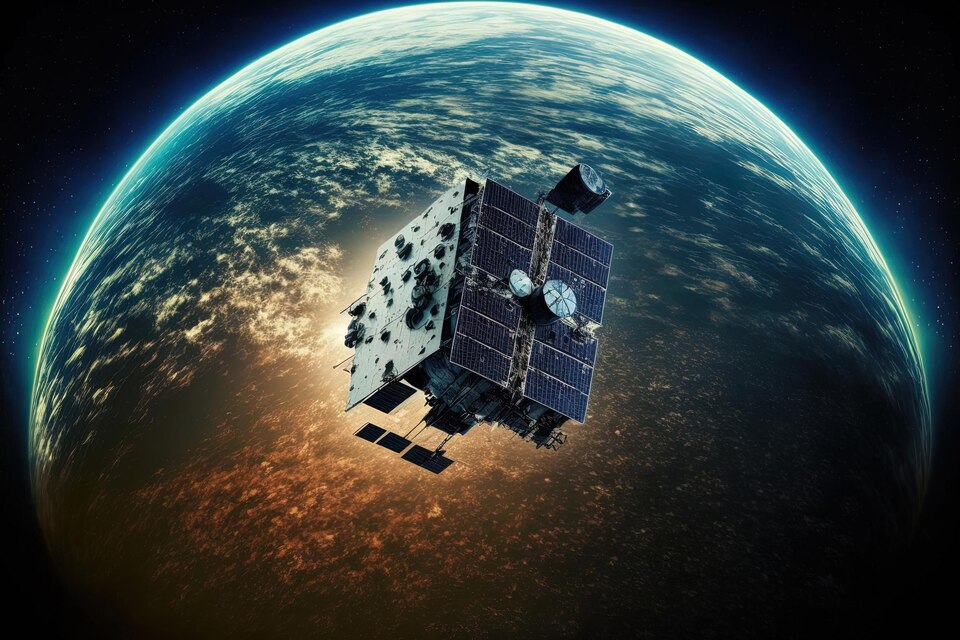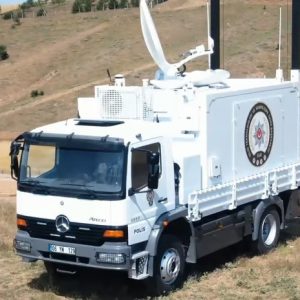China has announced the start of construction of an ultra-low-orbit satellite constellation, which will consist of 300 satellites by 2030. The constellation, which will be operated by the China Aerospace Science and Industry Corporation Limited (CASIC), is expected to be used for a variety of applications, including Earth observation, environmental monitoring, disaster response, and maritime surveillance.

What is an ultra-low-orbit satellite?
An ultra-low-orbit satellite is a satellite that orbits Earth at an altitude of less than 300 kilometers. This is much closer to Earth than traditional satellites, which typically orbit at altitudes of thousands of kilometers. The closer proximity to Earth has several advantages, including:
- Higher-resolution imagery: Ultra-low-orbit satellites can capture much higher-resolution imagery than traditional satellites. This is because the satellites are closer to Earth, so they can see more detail.
- Reduced latency: Ultra-low-orbit satellites can transmit data back to Earth much more quickly than traditional satellites. This is because the satellites are closer to Earth, so the data has to travel a shorter distance.
- Easier to track and maintain: Ultra-low-orbit satellites are easier to track and maintain than traditional satellites. This is because they are closer to Earth, so they are easier to see and communicate with.
What are the potential benefits of the constellation?
The ultra-low-orbit satellite constellation is expected to have a number of potential benefits, including:
- Improved Earth observation: The constellation will be able to provide much more detailed imagery of Earth than is currently available. This could be used for a variety of applications, such as monitoring environmental changes, tracking deforestation, and detecting natural disasters.
- Enhanced disaster response: The constellation could be used to provide real-time information about disasters, such as earthquakes, floods, and wildfires. This information could be used to help emergency responders coordinate their response and save lives.
- Improved maritime surveillance: The constellation could be used to monitor shipping activity and detect illegal fishing. This could help to protect national security and ensure the safety of the marine environment.
- Expanded access to the internet: The constellation could be used to provide high-speed internet access to remote areas. This could help to bridge the digital divide and improve the lives of people around the world.
What are the potential challenges of the constellation?
The ultra-low-orbit satellite constellation also faces a number of challenges, including:
- Technical challenges: The constellation will face a number of technical challenges, such as the need to develop new technologies to operate satellites in such a challenging environment.
- Cost: The constellation is a major undertaking, and it is not yet clear how much it will cost to build and operate.
- Regulatory challenges: The constellation could face regulatory challenges from other countries, as there are no international laws governing the use of ultra-low-orbit satellites.
Conclusion
The ultra-low-orbit satellite constellation is a significant undertaking with the potential to provide a number of benefits. However, there are also a number of challenges that will need to be overcome before the constellation can be fully realized. Overall, the constellation is a sign of China’s growing ambition in the space sector. It is also a reminder of the importance of international cooperation in space exploration.thumb_upthumb_downtuneshareGoogle it











